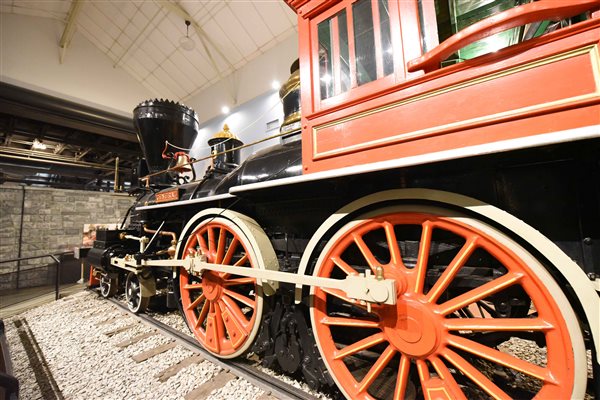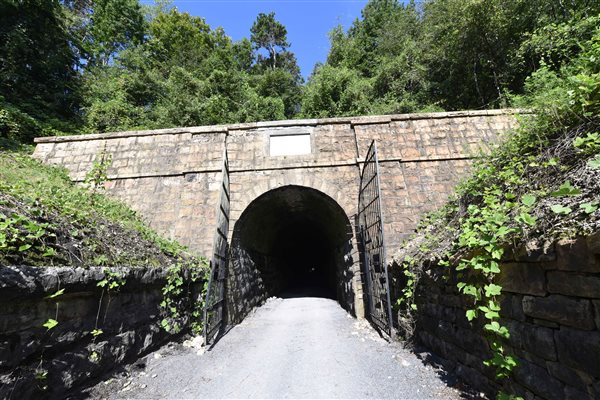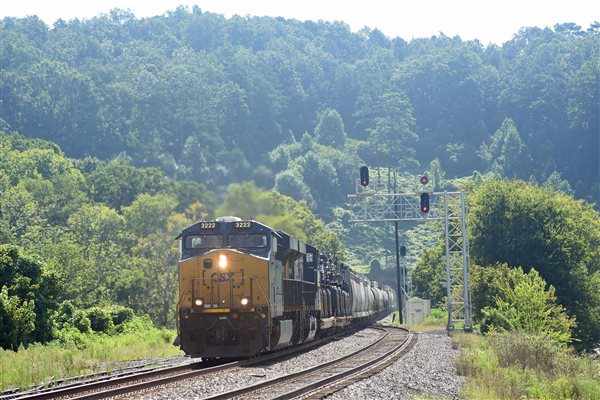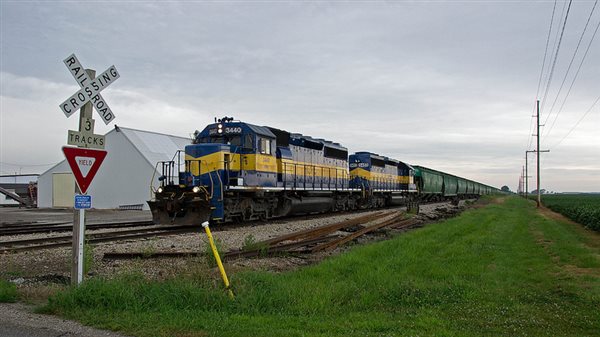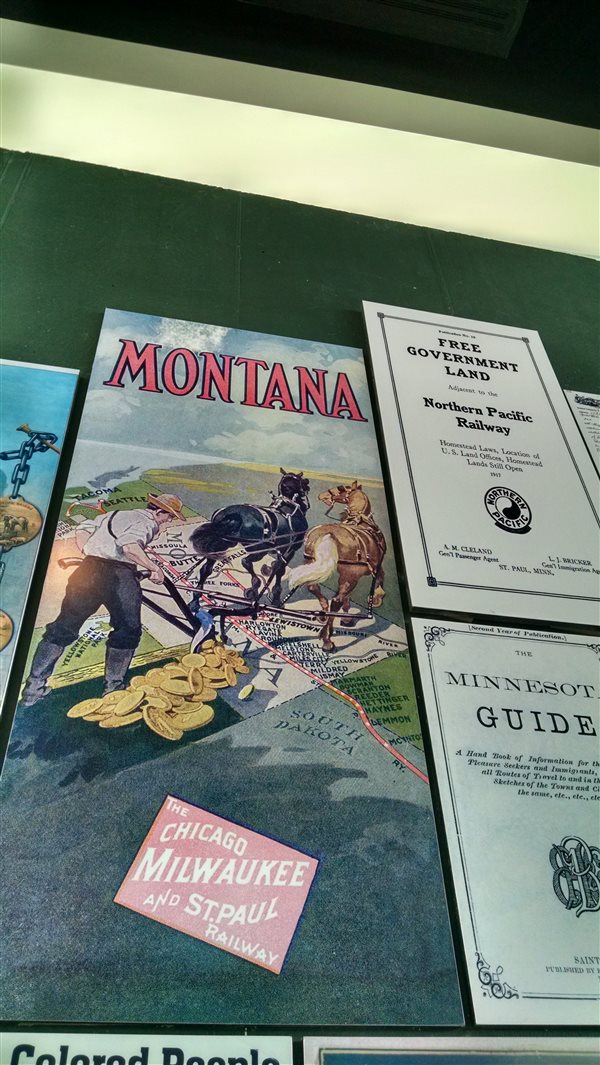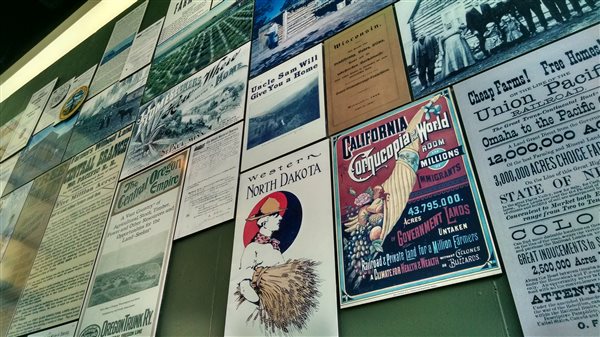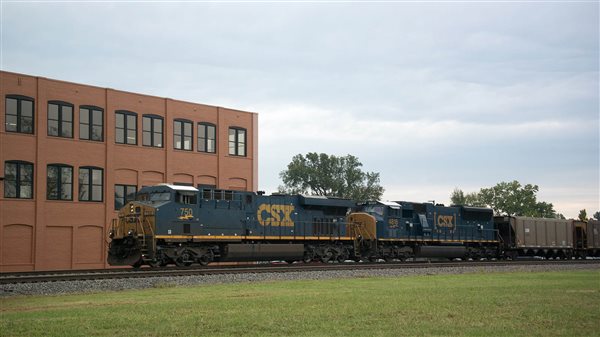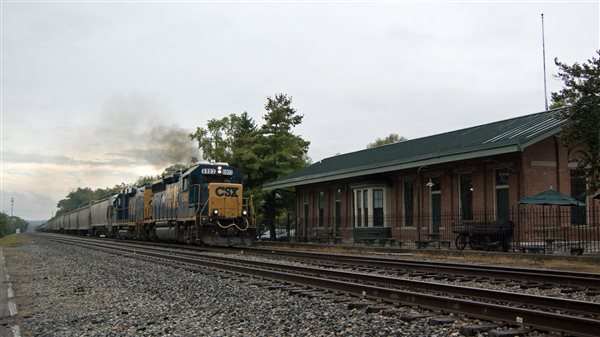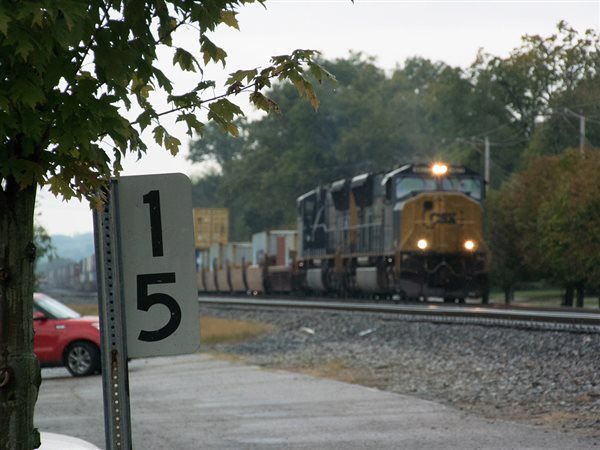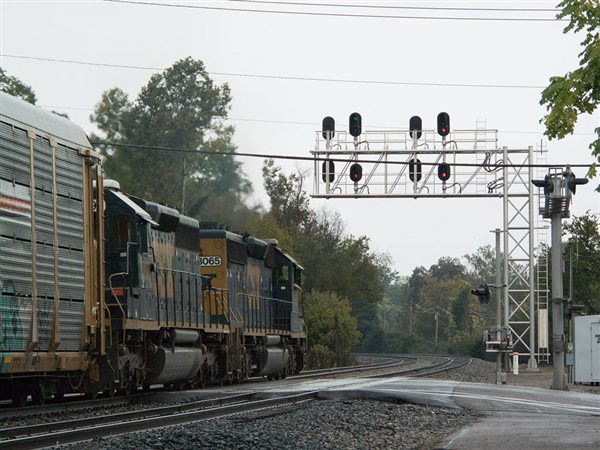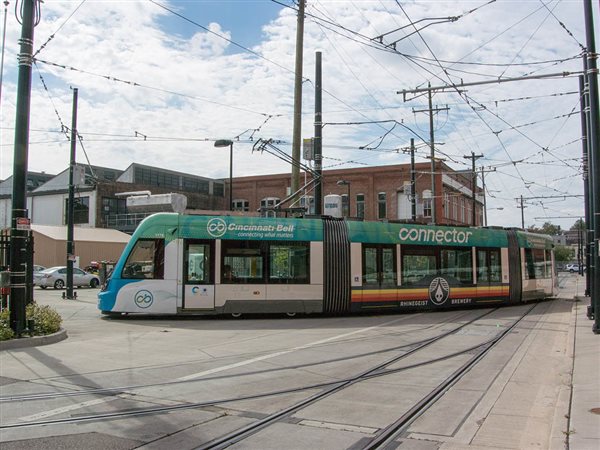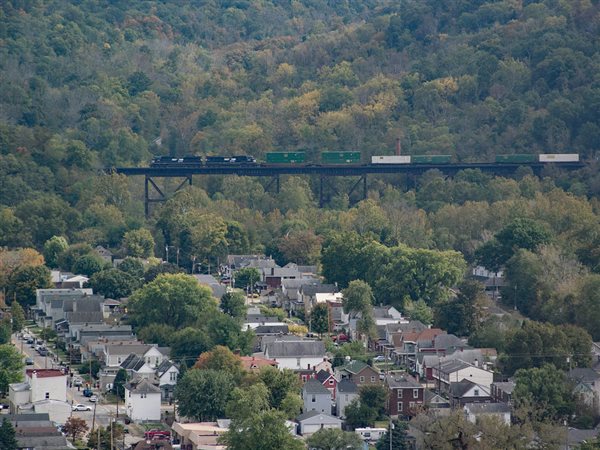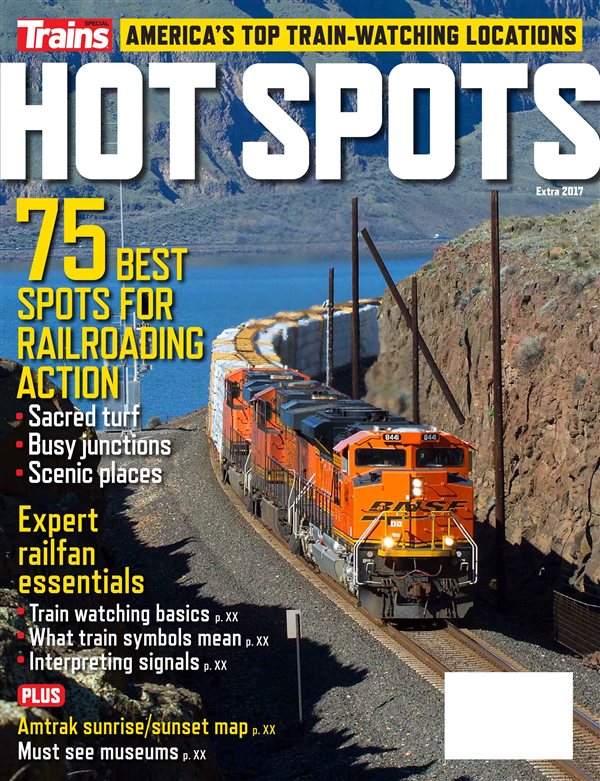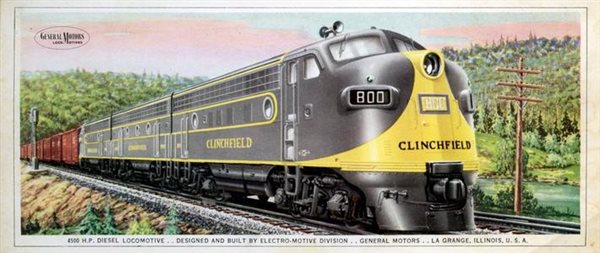![]() CUSCO, Peru -- The engine revs up and with a lurch the aircraft begins racing forward down the runway at 11,000 feet above sea level. My heart races a little knowing that an A319 only has so much linear footage at this altitude to become airborne or spatter itself on the side of the Andes. Instead of fretting about high altitude departures, though, my thoughts instead turn to Peru, its railroads, and their people who have welcomed the Trains tour group and me for the last 11 days. What a ruggedly beautiful country, and what spectacular railroading.
CUSCO, Peru -- The engine revs up and with a lurch the aircraft begins racing forward down the runway at 11,000 feet above sea level. My heart races a little knowing that an A319 only has so much linear footage at this altitude to become airborne or spatter itself on the side of the Andes. Instead of fretting about high altitude departures, though, my thoughts instead turn to Peru, its railroads, and their people who have welcomed the Trains tour group and me for the last 11 days. What a ruggedly beautiful country, and what spectacular railroading.![]() Sadly what takes place here is mostly out of sight due to its location far from U.S. and European eyes, save for a few intrepid travelers and photographers who come in search of amazing scenery; indefatigable North American Alcos, GEs, and odd-ball EMDs; and sheer railroading audacity. I came not really having expectations that needed to be met. After a lifetime studying the business,
Sadly what takes place here is mostly out of sight due to its location far from U.S. and European eyes, save for a few intrepid travelers and photographers who come in search of amazing scenery; indefatigable North American Alcos, GEs, and odd-ball EMDs; and sheer railroading audacity. I came not really having expectations that needed to be met. After a lifetime studying the business,
I know mountain railroading from Crawford Notch, N.H., to Donner Pass in California, and most places in between.![]() But I was still unprepared for the likes of this place with tracks placed as high as 15,000 feet. It must be illegal or at least immoral to build a railroad into the mountains without switchbacks or loops.
But I was still unprepared for the likes of this place with tracks placed as high as 15,000 feet. It must be illegal or at least immoral to build a railroad into the mountains without switchbacks or loops.![]() And every time you think the train has come to the end of a box canyon, you realize that construction engineers (most of them British, we believe; note the neatly groomed, well defined right of ways in most locations)
And every time you think the train has come to the end of a box canyon, you realize that construction engineers (most of them British, we believe; note the neatly groomed, well defined right of ways in most locations) ![]() figured out some way to escape to higher ground, whether by zig zags, as they prefer to call switchbacks, a tunnel or two or several, a high bridge, or any number of solutions that would tire those who layout railroads. It is as if David Moffat’s Denver & Salt Lake up and over the Rockies was transported 4,000 miles to the south, where fortunately the nearby equator prevents a snow disaster here like the one that plagued the Moffat Road west of Denver.
figured out some way to escape to higher ground, whether by zig zags, as they prefer to call switchbacks, a tunnel or two or several, a high bridge, or any number of solutions that would tire those who layout railroads. It is as if David Moffat’s Denver & Salt Lake up and over the Rockies was transported 4,000 miles to the south, where fortunately the nearby equator prevents a snow disaster here like the one that plagued the Moffat Road west of Denver.
As most railroaders know getting up the grade is a one kind of feat. Getting down the grade is even more important. On railroads like this it is a lifesaving technique that is shared among fearless railroaders who have four tools at their disposal: Air brakes, straight air (basically an extension of the independent brake running through the train; notice the twin brake pipes and air hose connections between cars), ![]() dynamics, and as a last resort, hand brakes. On the FCCA, life is indeed like a mountain railroad. Grades of up to 4.7 percent dictate what goes up and what goes down.
dynamics, and as a last resort, hand brakes. On the FCCA, life is indeed like a mountain railroad. Grades of up to 4.7 percent dictate what goes up and what goes down.
This has been and is a land of intense mineral exploitation (copper, gold, silver, to name a few), and where there are minerals, there are railroads. That has always been a fact, it remains one, and will likely always be. Minerals are big bulky stuff that is idea for railroads. Some of what once was slumbers in anticipation of changing world market conditions (the giant, quietly simmering smelter we traveled through last week in LaOroya would make a fine model, ![]() but then again, so would the entire FCCA out of Lima to the east), and some continues in operation, such as the line to Cerro de Pasco, whose nickname, “the city that is consuming itself,” as the open pit mine grows and expands, is no joke. The zinc ingots we saw heading to port at Lima once again prove that minerals are the bedrock traffic here.
but then again, so would the entire FCCA out of Lima to the east), and some continues in operation, such as the line to Cerro de Pasco, whose nickname, “the city that is consuming itself,” as the open pit mine grows and expands, is no joke. The zinc ingots we saw heading to port at Lima once again prove that minerals are the bedrock traffic here.
This is a land of railroading contrasts. While the gritty standard gauge FCCA hauls freight up and down the Andes east of Lima, PeruRail, IncaRail, and the new and genteel Belmond Andean Explorer ![]() between Arequipa, Puno, and Cusco, tote tourists bound for the ruins at Machu Picchu a few hundred miles to the south. We marveled at PeruRail’s meter-gauge money machine, hauling tourists to the Incan mountain citadel. It may be one of the most profitable passenger lines in the world with high volumes of high revenue tourists filling every seat.
between Arequipa, Puno, and Cusco, tote tourists bound for the ruins at Machu Picchu a few hundred miles to the south. We marveled at PeruRail’s meter-gauge money machine, hauling tourists to the Incan mountain citadel. It may be one of the most profitable passenger lines in the world with high volumes of high revenue tourists filling every seat.
We also wondered at some of what we saw without answer:
• The trans-Lake Titicaca carferry parked at Puno for an undetermined amount of time since it last moved freight cars between Peru and Bolivia. ![]() And yes, my friends, those are dual gauge tracks on the deck. Nobody seems to know when it was last used or what its prospects for renewed service might be.
And yes, my friends, those are dual gauge tracks on the deck. Nobody seems to know when it was last used or what its prospects for renewed service might be.
• PeruRail’s Alcos, which are rumored to be up for replacement with newer power. ![]() Yes, that was a 1966 graduate of Schenectady, No. 600, on the Belmond train we took. If confirmed, expect a rush of visitors before the last 251 engine is stilled.
Yes, that was a 1966 graduate of Schenectady, No. 600, on the Belmond train we took. If confirmed, expect a rush of visitors before the last 251 engine is stilled.
• The longevity of the Armstrong turntable at San Bartolome, which sees daily use as trains reverse directions at this switchback.![]()
• And at the same location, steam locomotive No. 209, which has been out of service about a decade. There are those who would repair and run the engine once again, but there are also those who see it as a difficult and expensive toy.![]() But in the end you have to ask yourself, wouldn’t it look good on this mountain railroad?
But in the end you have to ask yourself, wouldn’t it look good on this mountain railroad?
• And lastly, dogs. Raildogs to be precise. They seem to be everywhere in this country, and with as many homes as face the tracks, it is not surprising to see them. ![]() They seem to populate every yard and railroad station, some welcomed and beloved, and some tolerated. How good it must be to be a dog in Peru, whose primary duty seems to be chasing trains out of their territory and then returning for praise and food.
They seem to populate every yard and railroad station, some welcomed and beloved, and some tolerated. How good it must be to be a dog in Peru, whose primary duty seems to be chasing trains out of their territory and then returning for praise and food.
Those are questions I shall ponder further along with the memories and pixels we collected. But right now the A319 has leaped into the air and we are soaring to the northwest over the Andes. Lima and a change of planes await. In a few hours, I will be back in the U.S., where I belong. I am glad for having had the chance to see this country and its railroads. And I hope someday that I shall return. What will I find then? On the first night of our visit here, I dined with FCCA Chairman Juan Olaechea.![]() Near the end of our meal, I asked him if I were to come back in 10 years, what might I see. His reply was swift, the kind that comes from a thinking man who contemplates the future with frequency: Switchbacks, gone, replaced by spiral tunnels. Commuter trains on the tracks in Lima. Flood controls in place. And newer engines and more freight traffic, of course. I hope it happens. I hope that railroading in the Andes continues to evolve. Whether by zig zags or spiral tunnels, I hope it keeps climbing ever higher than before.
Near the end of our meal, I asked him if I were to come back in 10 years, what might I see. His reply was swift, the kind that comes from a thinking man who contemplates the future with frequency: Switchbacks, gone, replaced by spiral tunnels. Commuter trains on the tracks in Lima. Flood controls in place. And newer engines and more freight traffic, of course. I hope it happens. I hope that railroading in the Andes continues to evolve. Whether by zig zags or spiral tunnels, I hope it keeps climbing ever higher than before.![]()
![]()
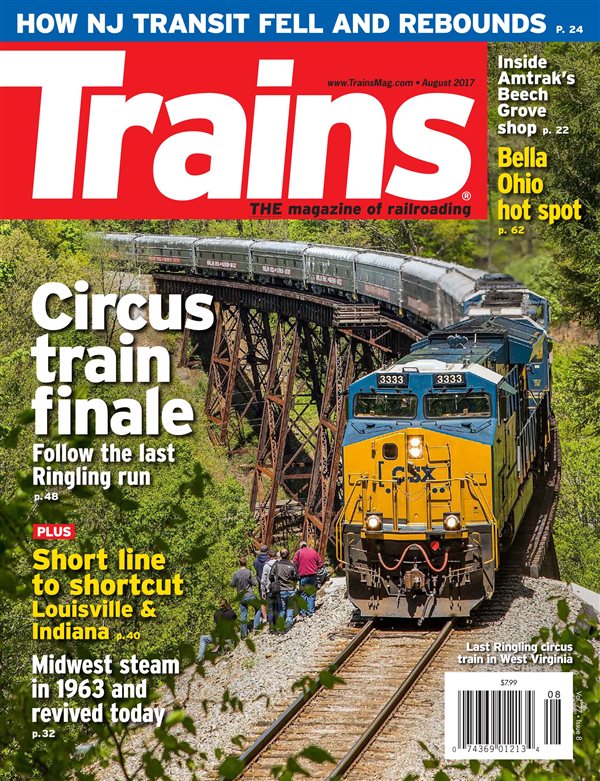 When we choose a Trains cover should we select an image of the way we want things to be or the as they are, even if a portion of the shot depicts something that’s not 100 percent right?
When we choose a Trains cover should we select an image of the way we want things to be or the as they are, even if a portion of the shot depicts something that’s not 100 percent right?

